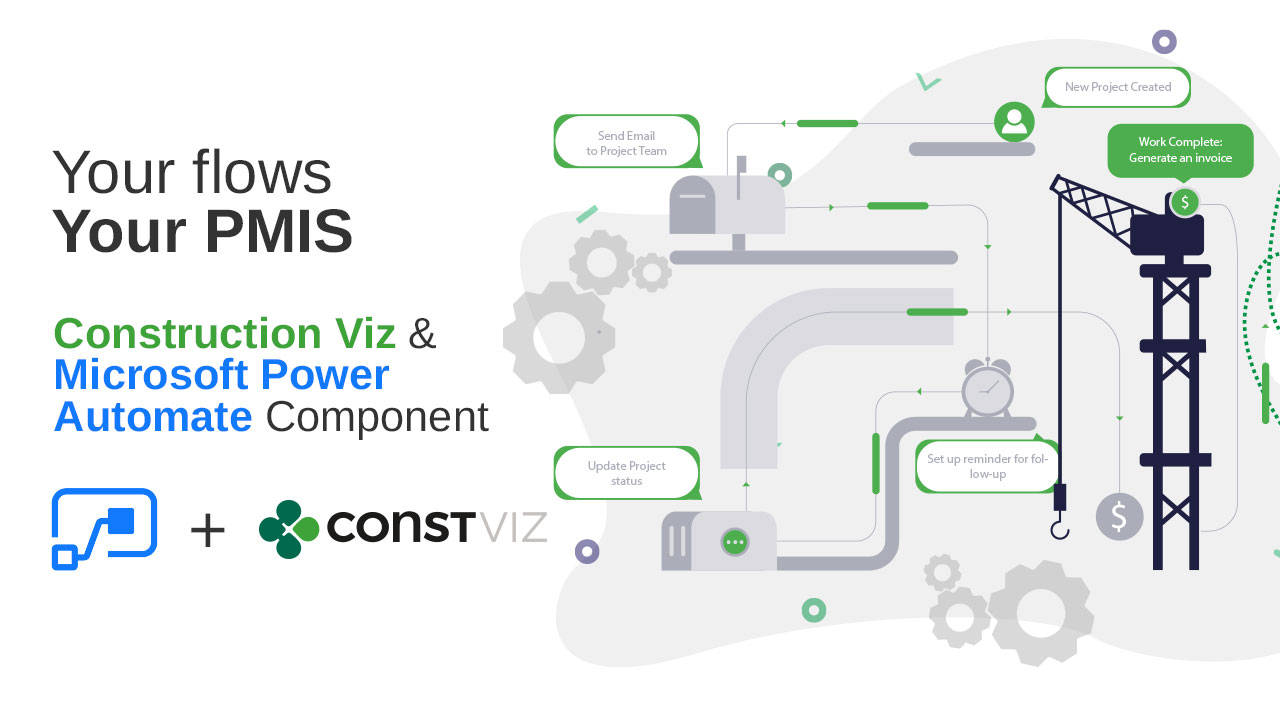

This file is likely in your Downloads folder.įollow the instructions in the WinAutomation installer to complete the installation. If you don't have a paid plan, you can start a trial by going to Power Automate. You need to have a Power Automate Per user plan with attended RPA to use Power Automate and WinAutomation. You must have the latest version of WinAutomation and Power Automate to record, test, or run UI automation. Install the desktop flows app, and then install and configure the on-premises data gateway. To run WinAutomation as part of Power Automate, you will need to:Įnsure your machine meets the requirements for desktop flows. In general, API-based connectors provide a better experience than UI automation in terms of scalability, reliability, and lower cost. If it does, consider creating a cloud flow instead of a desktop flow. In Power Automate, automation scripts are called cloud or desktop flows*.īefore you create a WinAutomation Process, check the list of connectors to see if the application you want to automate already has a connector. This document will guide you through getting WinAutomation Processes running with Power Automate.Īutomation scripts in WinAutomation are called Processes.

Your Power Automate Attended RPA license (paid or trial) gives you full access to WinAutomation. Here are some tips before you start using WinAutomation with desktop flows. See the Power Automate Desktop documentation to learn about the evolution of WinAutomation.

You may migrate your flows to Power Automate.

Migrate your flows created to Power Automate for desktop or delete them. Windows recorder (V1) is deprecated and no longer works.Migrate your flows to Power Automate for desktop. WinAutomation and ProcessRobot are no longer supported.


 0 kommentar(er)
0 kommentar(er)
